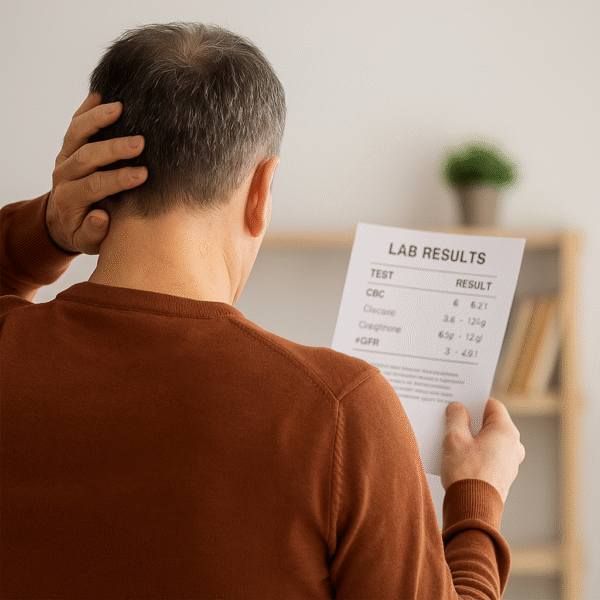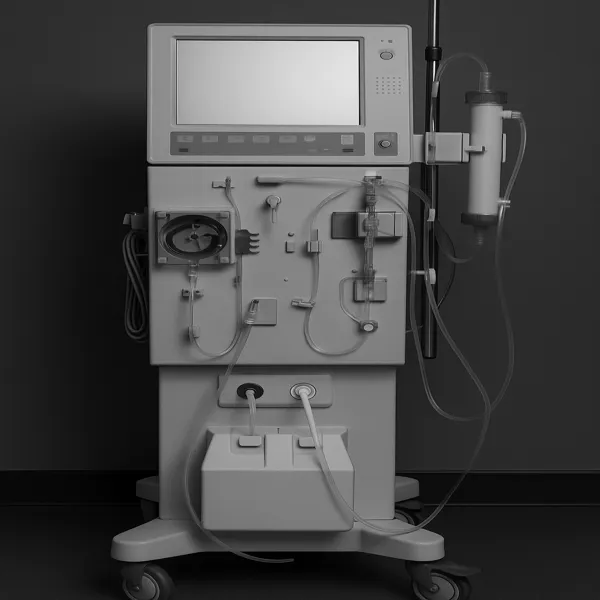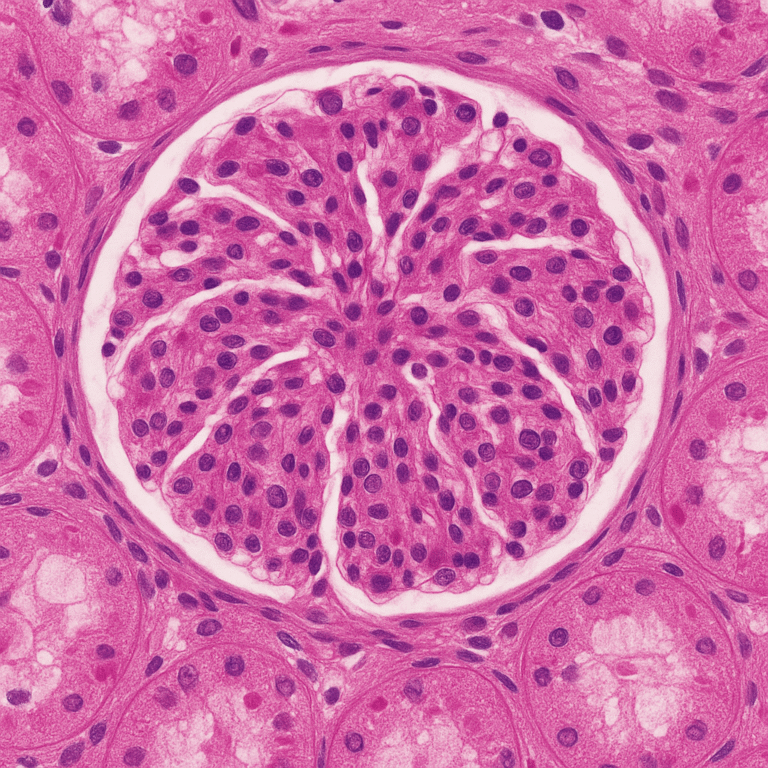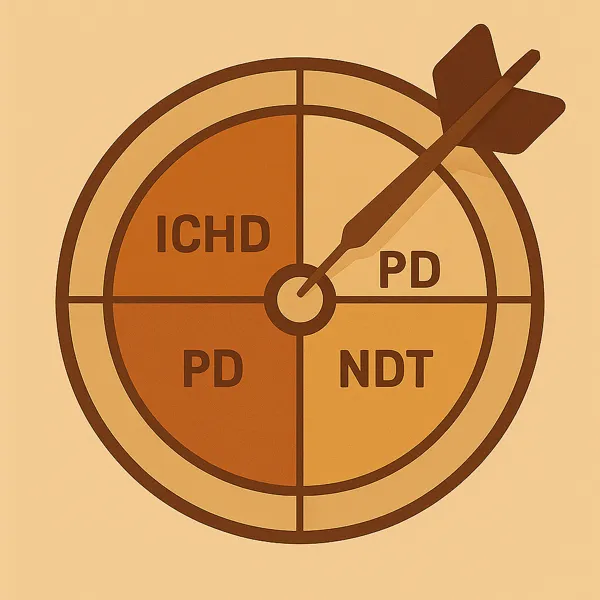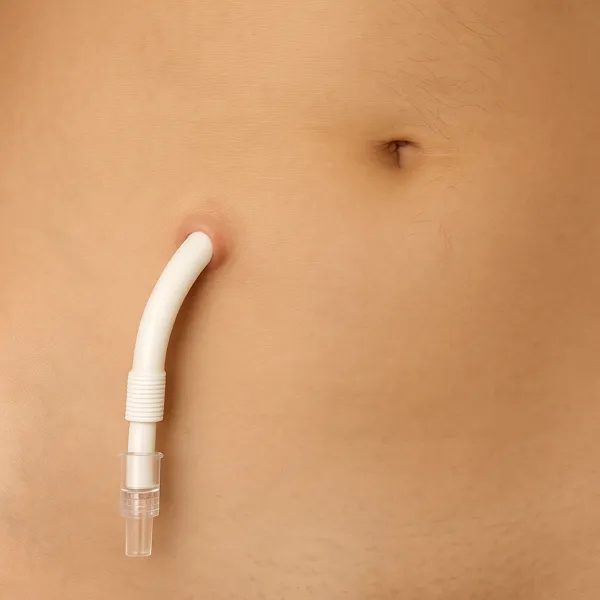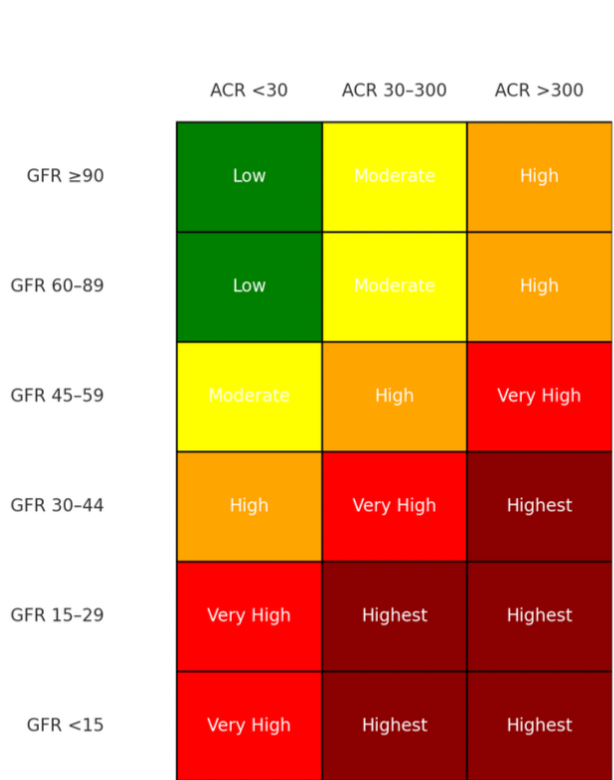“I have CKD — Gaining Strength through Understanding.
What Is Chronic Kidney Disease?
Chronic Kidney Disease, or CKD, is a long-term condition where the kidneys gradually lose function over time. It doesn’t mean your kidneys have failed, and it doesn’t mean your life is over. But it does mean your kidneys are no longer filtering waste and balancing your body’s fluids, electrolytes, and hormones as efficiently as they should.
If you’ve just been told you have CKD, take a breath. This is not an emergency—but it is a moment to learn, understand, and plan. With the right tools and care, many people live full, active lives with CKD.
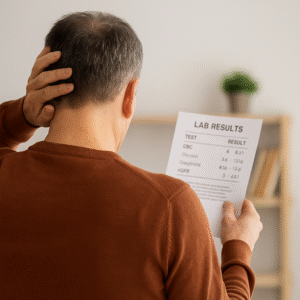
The Basics: What Kidneys Actually Do
Your kidneys are two bean-shaped organs that sit just below your ribs, one on each side of your spine. Each day, they filter about 50 gallons of blood, removing toxins, balancing minerals like potassium and sodium, and helping control your blood pressure and red blood cell production.
When kidney function declines, waste can build up in the body. This can lead to symptoms like fatigue, swelling, nausea, and brain fog—but in early stages, CKD is often silent. That’s why it’s usually picked up through routine lab work, especially in people with diabetes, high blood pressure, or a family history of kidney problems.
Creatinine is waste molecule that is made by many tissues but predominantly in the muscles. Our bodies have no use for creatinine, so it is up to the kidneys to filter it out into the urine. If the creatinine is rising in the blood that is a sign that the kidneys are not working as efficiently as they should. GFR is not measure from the blood, but rather it is calculated by a formula which uses your age, gender, and creatinine to give a standardized value to stage kidney function into 5 general stages. These stages have value as prognostic indicators and also guide your treatment team to prioritize goals of care. These goals should be designed to help preserve residual renal function, or in advanced stages, guide planning for transitioning into renal replacement therapy options.
CKD Is Measured in Stages
CKD is divided into five stages, based on your estimated glomerular filtration rate (eGFR)—a number calculated from your blood test that estimates how well your kidneys are filtering. Here’s a simplified breakdown:
- Stage 1: Kidney function is still normal (>90 eGFR), but there are signs of damage (like protein in the urine).
- Stage 2: Mild loss of function (eGFR 60–89).
- Stage 3: Moderate decline, split into 3a (45–59) and 3b (30–44).
- Stage 4: Severe reduction in function (15–29).
- Stage 5: Kidney failure (<15), also known as end-stage kidney disease.
Knowing your stage helps your care team develop a plan that’s tailored to you. But remember: your stage can change over time—and not always for the worse. Many people stay stable for years.
Common Misunderstandings
Let’s clear up a few things right away:
- CKD doesn’t always lead to dialysis. Many people with CKD never need dialysis or a transplant. The earlier it’s caught, the more you can do to slow or stop its progression.
- You didn’t necessarily do something “wrong.” CKD can be caused by many things—some inherited, some silent, and some only partially understood. Blame doesn’t help; informed action does.
- It’s not just about the kidneys. CKD affects your whole system: your heart, bones, muscles, and brain. That’s why a comprehensive care plan matters.
What Should I Do First?
- Ask your provider what stage you’re in. Understanding your eGFR and other lab values (like creatinine, albumin, and urine protein) is your starting point.
- Check your blood pressure and blood sugar. High blood pressure and diabetes are the top causes of CKD—and also the most treatable.
- Review your medications. Some over-the-counter painkillers (like ibuprofen) can harm your kidneys. Ask before you take anything new.
- Start learning—but avoid Dr. Google. Stick to reliable sources (like this one). Misinformation can be harmful, especially when you’re already overwhelmed.
- Get a free CKD-DASH Diet primer – Sign up on our homepage for a free download of our CKD-DASH Diet rack card. This has early stage dietary educational information which you can discuss with your provider.
You’re Not Alone
CKD affects more than 1 in 7 adults in the U.S., yet it often goes undiagnosed until later stages. You’re ahead of the curve by being aware now. And you’re not in this alone.
At Naturenal, we’re here to provide clear, evidence-based tools without the gimmicks. No miracle cures. No fear tactics. Just knowledge that empowers you to move forward.
References
Levey AS, Coresh J. Chronic kidney disease. Lancet. 2012;379(9811):165–180. doi:10.1016/S0140-6736(11)60178-5
Centers for Disease Control and Prevention (CDC). Chronic Kidney Disease in the United States, 2021. https://www.cdc.gov/kidneydisease

